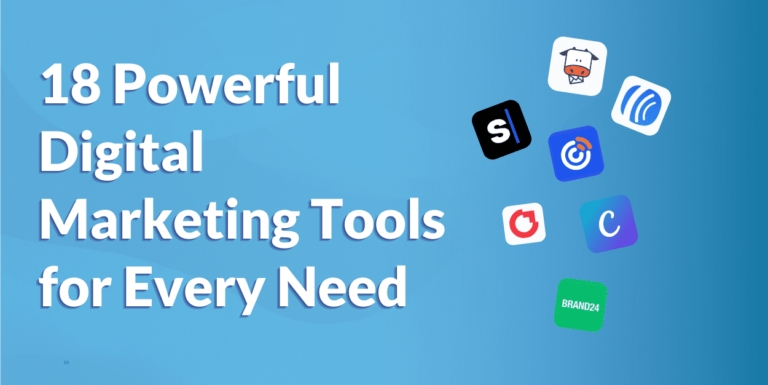How to Reduce SaaS Customer Acquisition Cost (CAC)
With roughly 30,000 SaaS companies worldwide, it is fair to say that there is stiff competition and customers are spoilt for options. As a result, new customer acquisition remains a top growth priority for around 89% of SaaS businesses. However, in your pursuit of growth and higher revenues, it is easy to stray off course and overshoot your customer acquisition costs (CAC).
This article examines how SaaS startups and businesses can minimize customer acquisition costs along with other invaluable insights on SaaS customer acquisition costs and strategies.
What is CAC in SaaS?
The customer acquisition cost, or CAC, is the money a business spends on its sales and marketing efforts to acquire a customer. Partnering with top global marketing agencies can help optimize these efforts by refining targeting, improving ROI, and developing data-driven strategies that reduce acquisition costs over time.
There are two primary ways to drive new customer acquisition – a sales-driven approach or a marketing-driven approach. Most organizations, however, work on a hybrid model, which is a bit of both.
Sales Channels
Outbound Sales
One of the most popular customer acquisition tactics deployed by SaaS companies, outbound sales typically involves reaching out to potential customers via effective cold calling, emails, LinkedIn, or other similar channels.
They essentially look for people who might be interested in their services, find an email they might be using, their LinkedIn or other contact information and reach out to offer a demo, consultation, or other relevant information about their product or service.
This sales tactic typically has a long sales cycle where conversation begins through an outbound call center, and then proceeds with several rounds of meetings and discussions, before conversion.
This approach can be further optimized by using automated call quality monitoring, which tracks and analyzes outbound interactions in real time. It helps teams maintain high standards, identify areas for improvement, and ultimately improve conversion rates throughout the sales cycle.
Events and Trade Fairs
Industry-focused events and trade fairs are great locations for prospecting clients. They offer space for sales teams to network with people, and build a database of new prospects. Prospects identified this way are then nurtured through personal outreach and meetings before they become customers.
Inbound Sales
In this scenario, SaaS companies build a dedicated sales team that primarily engages with generated leads to understand their requirements and nurture them with tailored communication. This may include providing product demos, addressing unique pain points, and highlighting important features of the software product.
This strategy typically has a shorter sales cycle than outbound and success depends on your sales assets including visually appealing catalogs, brochures, and Powerpoint presentations.
Marketing Channels
Content Marketing
Brands cannot build a digital presence without content marketing. While this claim may seem exaggerated, it isn’t. Content marketing lays the foundation for all other online marketing strategies including search engine optimization (SEO), pay-per-click (PPC) advertising, social media marketing, etc. It involves a mix of creating blogs, e-books, whitepapers, and case studies to engage with the target audience.
Search Engine Optimisation (SEO)
As the name suggests, SEO refers to optimizing your website’s content to increase organic traffic and improve its rankings across search engines including Google, Bing, etc. The objective is to leverage SEO to build authority with engaging content and improve the overall online visibility of your SaaS brand. It’s also crucial to optimize your website, have proper landing and blog pages, work with a reliable open banking payments provider, and set up a checkout page to ensure a good user experience.
Pay-per-click
Pay-per-click marketing involves running ads across relevant websites and social platforms including LinkedIn, Facebook, etc to reach a wider audience. While it is a good way to market your SaaS company and reach out to customers, it is crucial to move forward with a solid strategy to avoid overspending.
One great tool to optimize Facebook ad campaigns, check out Adease, which has a 25% discount on NachoNacho.
Social Media Marketing
Social media marketing, as the name suggests, marketing your SaaS brand across social media using different strategies including GIFs, TikTok, images, infographics, Instagram reels, QR codes, and more. It is worth noting that you may need to tweak your social media strategies depending on the social media platform.
Affiliate And Referral Programs
Many SaaS companies offer an affiliate program where affiliate partners promote and sell their products in exchange for a small commission, often using the best affiliate tracking platform to manage and optimize these partnerships. The commissions are percentage-based and ideally handed out after a successful sale.
There are a few capital expenses with this strategy – like the need to invest in a referral tracking software and managed services to nurture and grow affiliates. But these investments often pay for themselves through increased revenues.
Important Tips to Minimize Customer Acquisition Costs
The average CAC for SaaS is usually anywhere between $1000 to $25,000. The high costs create a large barrier for bootstrapped new startups to penetrate the market.
However, with the right strategies, it is possible to minimize SaaS CAC spending.
- Target and Nurture Relevant Prospects
You are likely to drain your marketing or customer acquisition funds by targeting the wrong audiences. Therefore it is essential to identify your target customers, their demographics, pain points, and their expectations from a SaaS company.
You can start by creating buyer personas based on the type of customers you are targeting and leverage data to optimize them from time to time. This exercise ensures your sales and marketing efforts are effective and on the right track, resulting in a better return on ad spend and conversion rates.
BookingLayer, a SaaS booking software application has demo portals for specific cohorts of their buyer persona in order to reach the relevant audience.
- Pareto’s 80-20 Principle
As it is with any business, 80% of new SaaS customers are likely coming in from 20% of your marketing efforts.
Monitor your customer acquisition tactics and identify the most effective strategies so that you do not waste resources and efforts on activities that do not yield results. It is equally important to build a reliable process or a system to determine which strategies are a hit and which tactics aren’t working.
- Automate Key Processes
Achieving customer acquisition success can become very challenging if you do not automate your customer acquisition processes. Automation plays a key role in boosting the productivity levels of your personnel and reducing SaaS CAC costs.
Moreover, a majority of SaaS business owners agree that automation plays a pivotal role in boosting revenue and closing more deals as it enables them to craft and implement personalized targeting strategies. That’s why considering professional services automation software can help streamline routine tasks, allowing sales teams to concentrate on high-value activities, ultimately improving efficiency and customer outcomes.
Automation tools help SaaS companies curate tailored communication strategies for the right prospects and deliver messages at the right time without human input. Automated workflows ensure timely follow-ups and streamlined lead nurturing, resulting in improved customer acquisition.
SaaS companies can also optimize their strategies in real-time to improve acquisition efficiency, minimizing overall costs.
For example, you can use automation tools like Intercom to address queries from potential clients during non-business hours. Automation platforms like ActiveCampaign and Superhuman can help you deliver automated emails and predictive content based on a user’s actions.
Or, you can use automation tools to replace resource-intensive human labor. In SEO, for instance, you can automate the process of finding your competitor backlinks and setting up email systems to reach out to them with your outreach message instead of having an actual human to do it. It’s faster and helps reduce acquisition costs. You can also use automation to crawl competitor websites and identify their strategies by using safe static proxies to protect your IP address and avoid being blocked thanks to anonymous data scraping techniques.
Similarly, businesses that manage large-scale data scraping often rely on an ISP proxy for higher reliability and lower block rates, ensuring smoother acquisition workflows.
Similarly, businesses that manage large-scale data scraping often rely on an ISP proxy or residential proxies for higher reliability and lower block rates, ensuring smoother acquisition workflows.
- Never Lose Sight of Customer Lifetime Value (LTV) and CAC Ratio of your SaaS
One of the important aspects of running a business is determining the lifetime value of your customers to the customer acquisition cost ratio as it impacts your bottom line directly. But what do we mean by the LTV CAC ratio?
Lifetime value or LTV is the average revenue generated by a customer while they are associated with your SaaS business.
The LTV:CAC ratio is a fair indicator of how much revenue is coming into your business per customer based on the amount of money spent to acquire them. Simply put, tracking the LTV:CAC ratio helps you decide whether your SaaS business is profitable and balances retention and acquisition.
Here’s how you can calculate the LTV: CAC ratio.
LTV: CAC ratio = customer lifetime value/customer acquisition cost.
So, what is a good LTV CAC ratio for SaaS? Many business owners and marketers agree that 3:1 is a good LTV to CAC ratio for SaaS. This means that if you spend $100 on customer acquisition, you are likely to get back $300 in an ideal scenario.
It is important to note that while 3:1 is the most desired LTV: CAC ratio, the benchmark can vary depending on the industry. According to First Page Sage, 2:5:1 is the desirable LTV: CAC ratio for SaaS companies.
- Paid Advertising is Great but Don’t Overdo It
While the benefits of paid advertising are obvious, you shouldn’t over-rely on it since the returns are linear. It is also important to understand that it can get a bit tricky to minimize SaaS CAC once you have optimized your sales funnel.
Make sure that your SaaS marketing and CAC aren’t heavily dependent on paid ads or CPC right from the beginning. While you can attract new customers with paid advertising, you may struggle to attain exponential growth once your campaigns are optimized well.
The key is to strike a balance between organic and paid marketing to minimize your SaaS CAC in the long run. One way to do that is to focus your efforts on earned and owned media. Owned media includes assets like websites, blogs, e-books, infographics, and other digital assets created by your SaaS company.
Earned media as the name suggests, is any media not created by your organization but organically earned via external sources including affiliate marketers, social media shares, etc.
Factors Contributing to Higher SaaS CAC
High CAC can often be attributed to poor resource allocation, inefficient strategies, and failure to understand the pulse of your target audience.
Here’s how these factors lead to higher CAC in SaaS.
Poor Strategizing
One of the most common reasons contributing to higher CAC in SaaS is the inability of a business to understand who its target audience is and to craft marketing strategies for the wrong people. Here, SaaS companies are not only wasting their valuable time on inefficient marketing but also wasting resources across different digital channels, driving up CAC.
Additionally, picking the wrong channels to connect and engage with your target audience can also result in higher CAC. For instance, if you primarily rely on paid advertising without evaluating other profitable channels will quickly push your CAC.
Lack of Focus
Many SaaS businesses try to focus on a lot of things at the same time. For instance, you can lose clarity of direction if you are promoting multiple offers, using all the available marketing channels, and experimenting with marketing and sales strategies without planning and researching. The key is to invest time and effort in high-impact marketing channels and activities to keep CAC in check.
Inefficient Use of Resources
It is very important to hire the right people with the right skills for strategic and defined roles. Hiring resources for undefined or unclear roles is an open invitation to inefficiencies, mismanagement, and poor teamwork, contributing to higher CAC in SaaS. It is crucial to create effective processes and set systems in place to ensure your personnel are aligned with the strategic goals of your SaaS business.
It is also important to hire the right personnel who will stay with your company for a long period of time, otherwise all the training goes to waste. In order to avoid this from happening, make sure to discuss all the details of their role including what to expect in their salary paystub, the company culture, and the perks and benefits package beforehand.
Getting assistance from a SaaS accounting service like Aquifer CFO (available on NachoNacho) to help calculate your CAC, LTV, and identify areas of opportunities can be a good idea.
Parting Words
It is clear that CAC has a direct impact on the success of your SaaS business, but these tips will go a long way in ensuring you are profitable. The key is to never lose sight of the core parameters of customer acquisition and ensure the LTV: CAC ratio is at par or slightly above the industry benchmark. These are key SaaS analytics to track.
Do not forget to harness the potential of automation tools to automate key processes ensuring timely and tailored communication with your prospects.

Written by Andres Muñoz
If you would like to receive the latest deals added to NachoNacho, make sure you sign up for our newsletter below. We’re adding amazing software discounts you can’t miss!
Sign up for our newsletter

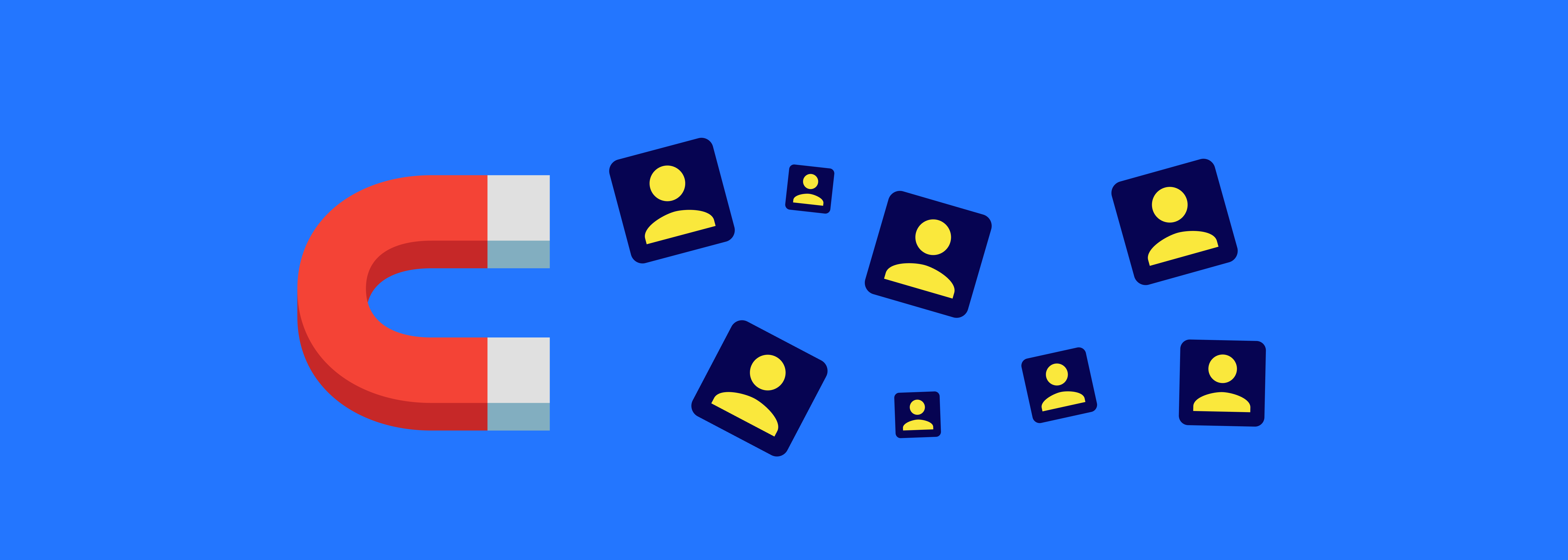
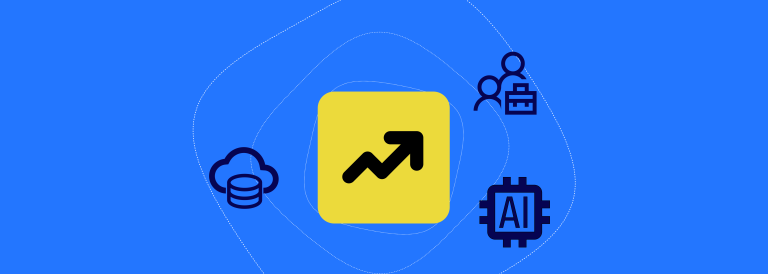
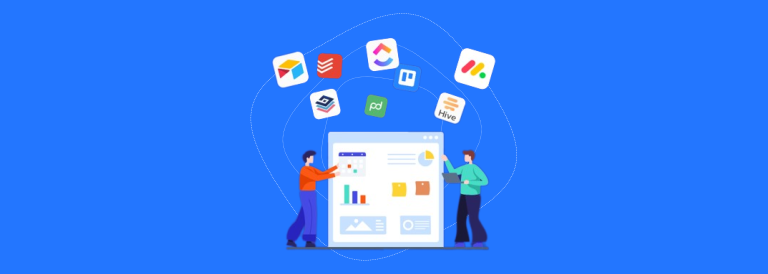
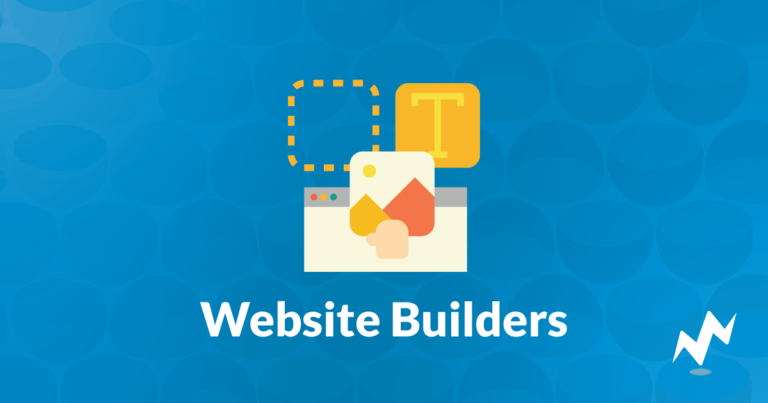

![Building a Website From Scratch Without Code [Guide]](https://blog.nachonacho.com/wp-content/uploads/2022/04/Building-a-Website-From-Scratch-Without-Code-Guide-768x274.png)
